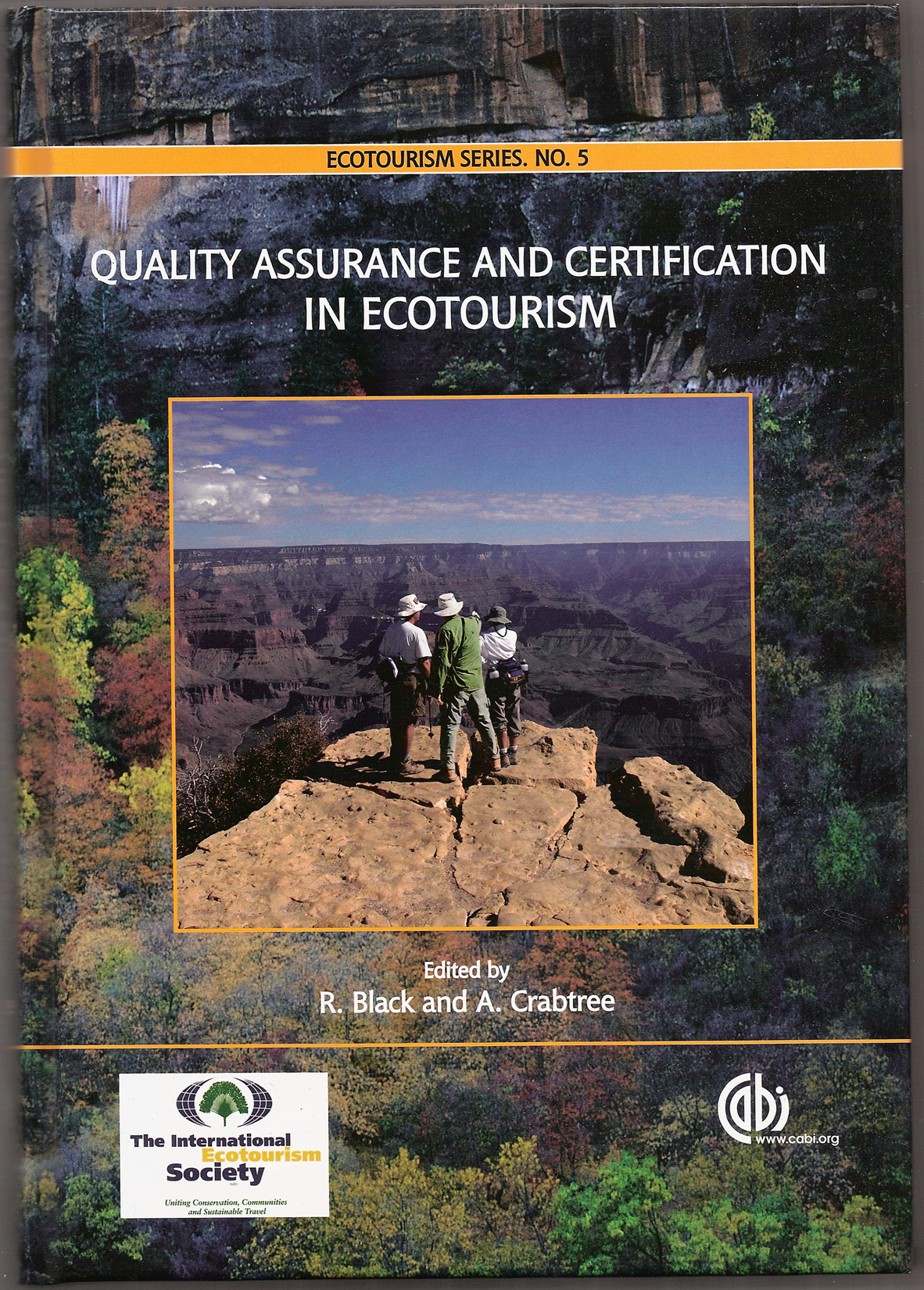Madagascar
Madagascar is in the Indian Ocean between Mozambique (Africa mainland) and the islands of Mauritius and Reunion. It is the fourth largest island in the world, and is home to 5 per cent of the world’s plant and animal species, of which more than 80 per cent are endemic. Most notable are the lemur infraorder of primates, the carnivorous fossa, three endemic bird families and six endemic baobab species (Goodman et al., 2003). However, due to various political, economic, and social factors, Madagascar’s tourism and, in particular ecotourism,1 potential has been ‘asleep’ for a long time. The story of Madagascar is similar to that of Walt Disney’s ‘Sleeping Beauty’. Often called ‘divine creation’, a ‘biodiversity hotspot’, a ‘Garden of Eden’, ‘The Kingdom of Baobabs’ or ‘Madagascar – La vie en grand’, these slogans are increasingly matching the reality. Madagascar is currently awakening to its potential for tourism, seeing its natural advantages, ecotourism development and has much to offer to tourists. Some of Madagascar’s attractions include:




